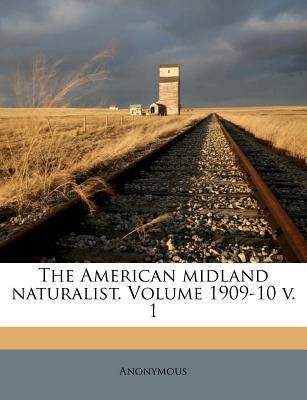Location
The American Midland Naturalist was founded in 1909 by Reverend Julius A. Nieuwland, C.S.C., and has been published since by the University of Notre Dame. It is a refereed, broad-spectrum journal publishing basic research in diverse disciplines in biology and varied taxa. The historic name is no longer precisely descriptive, as it includes materials from all of North America and, occasionally, from other areas. An editorial survey identified major topics, as are evident in its list of associate editors, for animal, vegetation and plant population in ecology, mammalogy, animal behavior, herpetology, ornithology, aquatic ecology, parasitology, ichthyology, plant physiology and biological statistics. Articles include field and laboratory studies of life history, distribution, growth, reproduction, behavior, physiology, diet, habitat and myriad other topics of interest to biologists. Approximately one-fourth of the articles published in the American Midland Naturalist are experimental. It is among the most frequently cited journals in publications as diverse as Ecology and Oecologia, Journal of Mammalogy, Herpetologia, Copeia, Journal of Parasitology, Hydrobiologia, Journal of Wildlife Management and numerous others. Its history has been described in The American Midland Naturalist: The Life History of a Journal. American Midland Naturalist, 123:1-31, 1990.
Members:
Resources
Displaying 1 - 5 of 7Effects of Weather and Land Management on the Western Prairie Fringed-orchid (Platanthera praeclara) at the Northern Limit of its Range in Manitoba, Canada
The western prairie fringed-orchid is a rare North American orchid restricted to a few remnants of wet to mesic tallgrass prairie. It is federally listed in both Canada and the United States and both countries have developed a recovery plan for the species. Two key management objectives are to monitor population trends and identify beneficial management practices. We used 21 y of data from the Manitoba metapopulation to assess effects of weather and land management on this species. Our results suggest the metapopulation in Manitoba is relatively stable.
How land concessions affect places elsewhere: Telecoupling, political ecology, and large-scale plantations in southern Laos and northeastern Cambodia
This study investigates the implications of large-scale land concessions in southern Laos and northeastern Cambodia with regard to places outside of actual concession areas, both within the countries where the concessions are located and beyond.
Badger (Taxidea taxus) Resource Selection and Spatial Ecology in Intensive Agricultural Landscapes
American badgers (Taxidea taxus) are a prairie obligate species, but badger resource selection and space use is poorly understood, particularly east of the Mississippi River where anthropogenic land uses have replaced most native prairie. We assessed badger multi-scale resource selection and space use in intensive agricultural areas in Illinois and Ohio. We predicted that badgers would select for pasture and prairie, and higher elevations, and riparian areas because these habitats likely favor burrowing and foraging.
Winter Bird Habitat Use in a Heterogeneous Tallgrass Prairie
In the Flint Hills of Kansas and Oklahoma, U.S.A., grazing land is managed predominantly to promote homogeneous grassland structure. This potentially limits the diversity of habitats for grassland obligate songbirds with narrow habitat preferences during the breeding season, prompting ecologists and conservationists to call for managing rangelands for increased heterogeneity. The Flint Hills also hosts multiple species of conservation concern during winter, but avian habitat requirements are less well known during this period and seldom considered in management recommendations.
Coyote Land Use Inside and Outside Urban Parks
Coyotes (Canis latrans) have expanded to live in urban areas with limited natural habitat. A year long coyote howl survey combined with geospatial information systems (GIS) was applied to locate populations within a metropolitan region, to determine the habitats where coyotes most frequently occur, and to estimate group sizes within this urbanized region. Surveys were conducted along the perimeters of natural areas and urban-residential communities.



